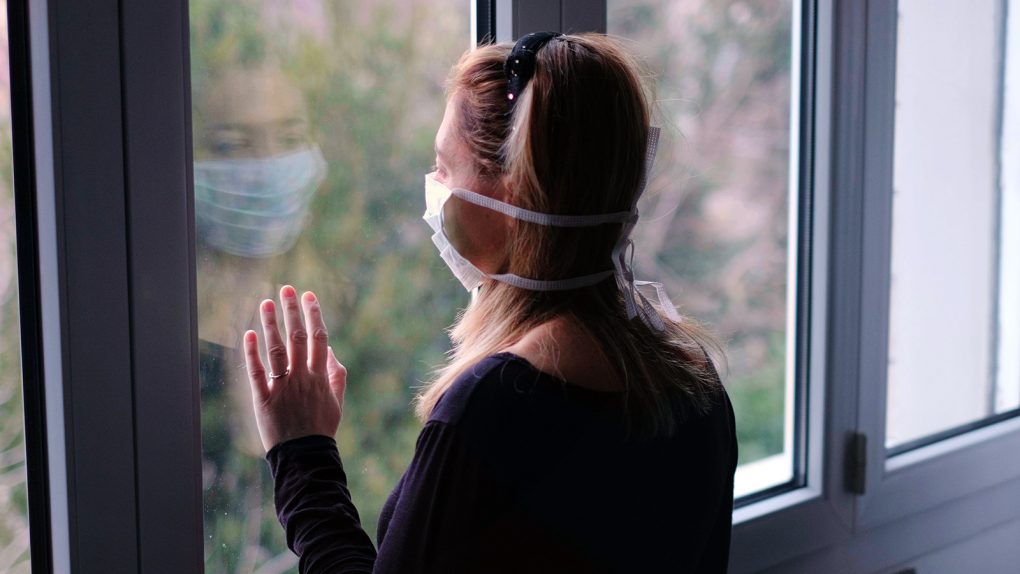- The UK coronavirus mutation is spreading in US communities, with patients in Colorado and California having already tested positive for the new variant.
- Genomic sequencing is necessary to identify any mutation, B.1.1.7 included, but the UK change has an unexpected weakness that can speed up diagnoses.
- One of the mutations on the B.1.1.7 strain impacts PCR testing, which isn’t able to detect one of the coronavirus genes it’s supposed to detect. Results return positive but with a gene dropout, and this might prove to be a quick way to identify and isolate COVID-19 patients infected with the mutated version.
When a virus like the novel coronavirus mutates, it isn’t immediately clear to doctors and scientists. Genetic sequencing is required to demonstrate that a mutation or a series of mutations have occurred. Scientists have followed the SARS-CoV-2’s evolution closely for a year now, mapping the genetic changes and studying their effects. Not all mutations are beneficial to the virus, and they don’t necessarily make the illness worse or more deadly than it is. A mutation called D614G is one of the most popular coronavirus changes, believed to be responsible for the pandemic. The strain became dominant early in the pandemic, as it spread more efficiently than its predecessor. But COVID-19 did not increase in severity. Since then, we’ve witnessed many scary mutations, including the Spanish strain or the mink coronavirus variant.
The UK mutation that emerged in September, and was acknowledged a few weeks ago, appears to be more dangerous. It’s not because it leads to more severe disease or more deaths, but it can spread even more efficiently than its progenitors, which already contained the D614G change. The UK mutation has spread to other continents, reaching the US as well, where two cases were already diagnosed. One of them is of the worst possible variety, a man who has no travel history. This indicates the virus is spreading freely in the community.
There is a silver lining in all of this, a weakness of the B.1.1.7 strain that might help authorities contain the infection with this particular variant and reduce its spread. The mutation can be detected with a regular PCR test rather than a full genomic sequence.
It’s all an unexpected coincidence, as tracking generic changes in a pathogen requires an analysis of the genome. That’s not something all medical facilities are equipped to do, in the US or elsewhere.
PCR tests should not be able to differentiate coronavirus strains unless the stars align in a certain way. And it looks like that’s exactly what happened with the B.1.1.7 version.“It’s a serendipitous thing, not something we intended to happen,” Francis Crick Institute in London geneticist Theo Sanderson told The Verge.
The COVID-19 PCR test looks at specific genetic sequences of the virus for a positive test. One of them is from the coronavirus S gene that codifies the spike protein. But B.1.1.7 features a collection of 17 mutations, including changes at the S gene level.
National testing data shows increased prevalence of the variant in positive cases over time. This is detected incidentally by the commonly used 3-gene PCR test because 69-70del leads to a negative signal. But this does not effect the results of the test. 7/h/t @The_Soup_Dragon pic.twitter.com/aPpAjjb35W
— Muge Cevik (@mugecevik) December 21, 2020
The PCR test is made based on the coronavirus virus versions predating the B.1.1.7. But when the UK mutation is tested, the PCR test will not see that S variation. The result would still come back positive but without the S gene. This is what scientists will call S gene dropout.
Using the S gene dropout as a marker for B.1.1.7, scientists could determine which patients might be infected with the virus’s mutated version. Pending a genetic confirmation, patients might be isolated faster, as would their contacts. This sort of action would work in regions with lower COVID-19 caseloads, where there’s enough human resources to conduct thorough contact tracing interviews, and where people are isolated quickly. Even though B.1.1.7 is more infectious, isolating patients quickly could reduce the spread.
The PCR marker tool isn’t perfect, but it’s an unexpected weapon that countries can use to determine the spread of B.1.1.7. More research will be needed to demonstrate whether PCR tests can correctly identify patients infected with the mutated version before genetic sequencing is available.
In some parts of the UK, over 75% of tests show S gene dropout, indicating the mutation is the dominant strain. The Verge reports that California-based genomics company Helix found that 0.25% of tests showed S gene dropout in October, with the percentage doubling by early December. This indicates the number of B.1.1.7 cases in the US is still small. On the other hand, the US has a large COVID-19 caseload, with experts expecting January to get even worse.








